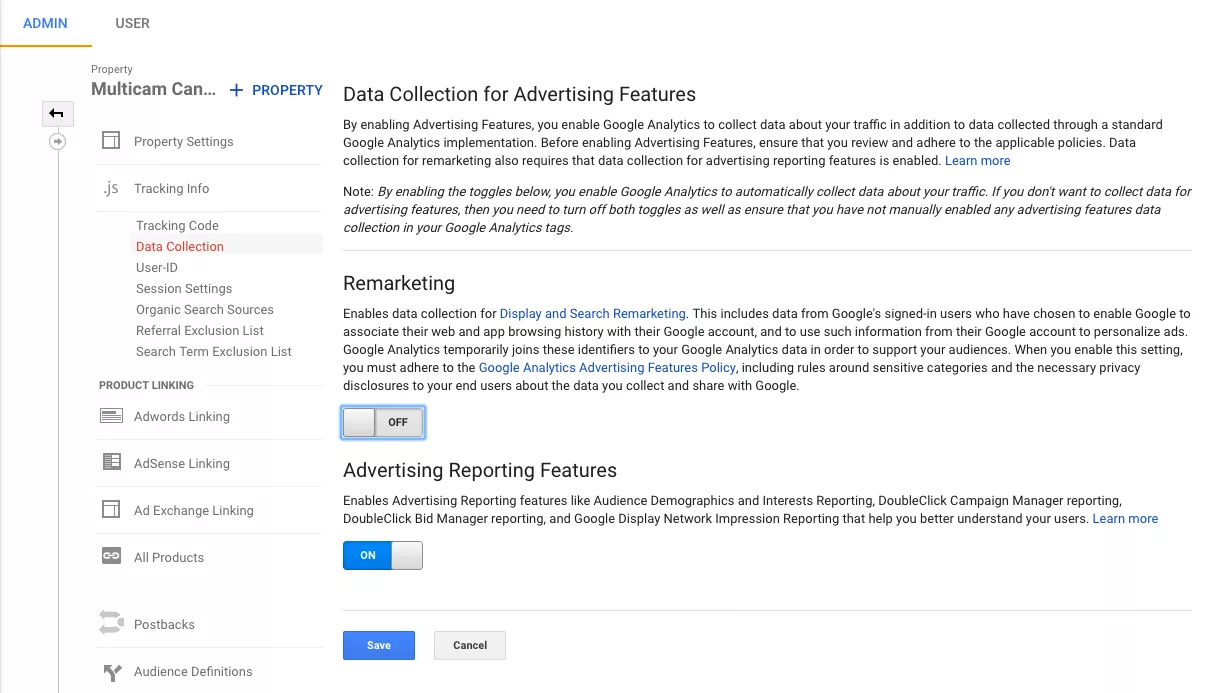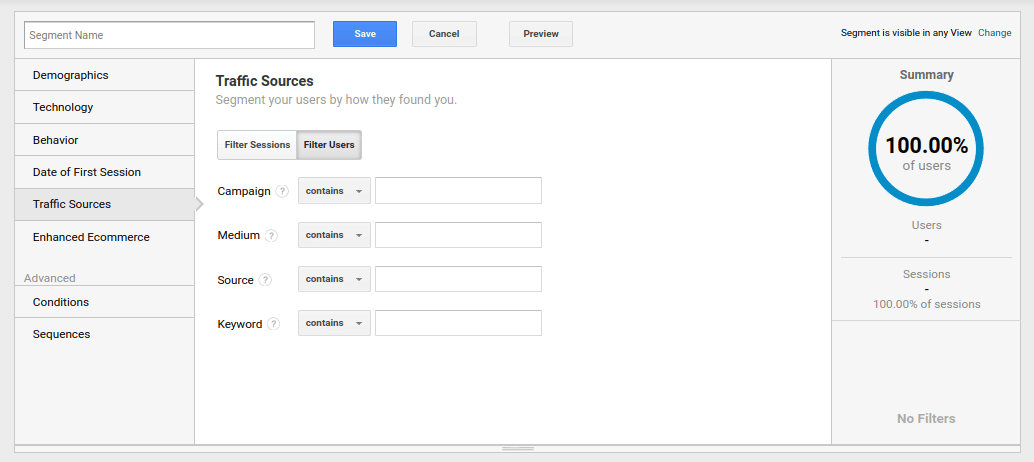Optimize Your ROI With Remarketing in Google Analytics
By using the power of user information and tailoring ads to details audience sectors, companies can considerably amplify their conversion rates. The journey to taking full advantage of ROI via remarketing is a nuanced path led with insights and possibilities that can reshape the trajectory of your advertising undertakings.
Understanding Remarketing in Google Analytics
Comprehending remarketing in Google Analytics is necessary for enhancing your digital marketing approach. Remarketing permits you to target customers who have actually previously visited your site or communicated with your application, presenting them with tailored ads as they search various other websites or use various other applications within the Google Present Network. This strategy helps keep your brand top of mind and motivates users to go back to your website, ultimately enhancing the probability of conversion.
By making use of Google Analytics, you can track the performance of your remarketing projects, obtaining valuable insights into user actions, interaction, and conversions. This data allows you to fine-tune your messaging, bidding process, and targeting approaches to boost the overall effectiveness of your projects.
Furthermore, understanding the different types of remarketing lists readily available in Google Analytics, such as conventional, vibrant, and comparable target markets, permits you to produce personalized and highly fractional projects customized to certain individual segments. This level of granularity can dramatically enhance the significance and effect of your remarketing efforts, ultimately maximizing your roi.
Establishing Up Remarketing Checklists
To successfully carry out remarketing campaigns in Google Analytics, the first action entails configuring and producing remarketing listings targeting particular user sections based on their communications with your site or application. By establishing up remarketing lists, you can tailor your advertising and marketing efforts to reach customers who have currently shown interest in your items or services.
To begin, browse to the Admin section of your Google Analytics account and pick the Building where you wish to create the remarketing list. Then, under the Building column, click on 'Target market Definitions' and pick 'Audiences.' Next off, click on the red 'New Target market' button and pick 'Create New' to specify the parameters for your remarketing checklist.
Crafting Reliable Remarketing Ads

When crafting your advertisements, concentrate on creating eye-catching headings and compelling visuals that stick out to potential consumers. Incorporate solid calls-to-action that urge users to review your website and complete a preferred activity. Utilize vibrant remarketing to reveal personalized advertisements including products or services that individuals have actually previously seen on your website.
Additionally, guarantee that your advertisements are mobile-friendly because a substantial section of internet web traffic originates from mobile phones. Examination various advertisement variants to identify which layouts and messages drive the ideal results. By constantly refining and enhancing your remarketing ads based on efficiency information, you can optimize their effectiveness and improve your return on investment.
Studying Remarketing Performance

Via Google Analytics, marketers can track the performance of their remarketing campaigns in real-time, enabling them to determine fads, patterns, and locations for renovation promptly. By evaluating the data, marketing professionals can figure out which advertisements are executing well, which target market sectors are reacting favorably, and which networks are driving one of the most conversions. This degree of granularity allows marketing professionals to make data-driven decisions to enhance their remarketing advocate much better results.
Optimizing ROI With Remarketing
Evaluating remarketing data in Google Analytics makes it possible for marketing experts to determine possibilities for go to this web-site enhancing return on financial investment (ROI) via critical changes - What Is “Remarketing” In Google Analytics?. To take full advantage of ROI with remarketing, it is important to comprehend the habits of your audience. By analyzing user interactions, such as the web pages they saw, the items they checked out, or the actions they took on your website, you can customize your remarketing projects much more efficiently
Segmenting your audience based upon their habits allows you to develop individualized and targeted ads that are most likely to reverberate with them. By showing relevant advertisements to particular segments of visit your target market, you can boost the possibilities of conversion and eventually improve your ROI.
Furthermore, checking different advertisement creatives, messaging, and offers can assist identify what reverberates finest with your audience. A/B screening allows you to trying out various elements of your advertisements to determine what drives the highest possible interaction and conversion prices.
Final Thought
Finally, maximizing ROI with remarketing in Google Analytics needs a strategic technique to analyzing user behavior, segmenting target markets, creating customized ads, and optimizing project efficiency. By leveraging data-driven understandings and checking various techniques, services can improve their remarketing initiatives to drive greater involvement and conversion prices. This systematic technique ensures that resources are successfully assigned in the direction of optimizing returns on investment in remarketing projects.
Next off, click on the red 'New Audience' switch and pick 'Create New' to Find Out More specify the criteria for your remarketing list.
By constantly refining and maximizing your remarketing ads based on performance information, you can optimize their effectiveness and improve your return on financial investment.
By diving right into these insights, marketing professionals can obtain an extensive understanding of exactly how their remarketing initiatives are reverberating with their target audience and driving conversions. To take full advantage of ROI with remarketing, it is critical to understand the behavior of your target market.In verdict, maximizing ROI with remarketing in Google Analytics needs a calculated strategy to analyzing user behavior, segmenting audiences, creating tailored ads, and enhancing project efficiency.